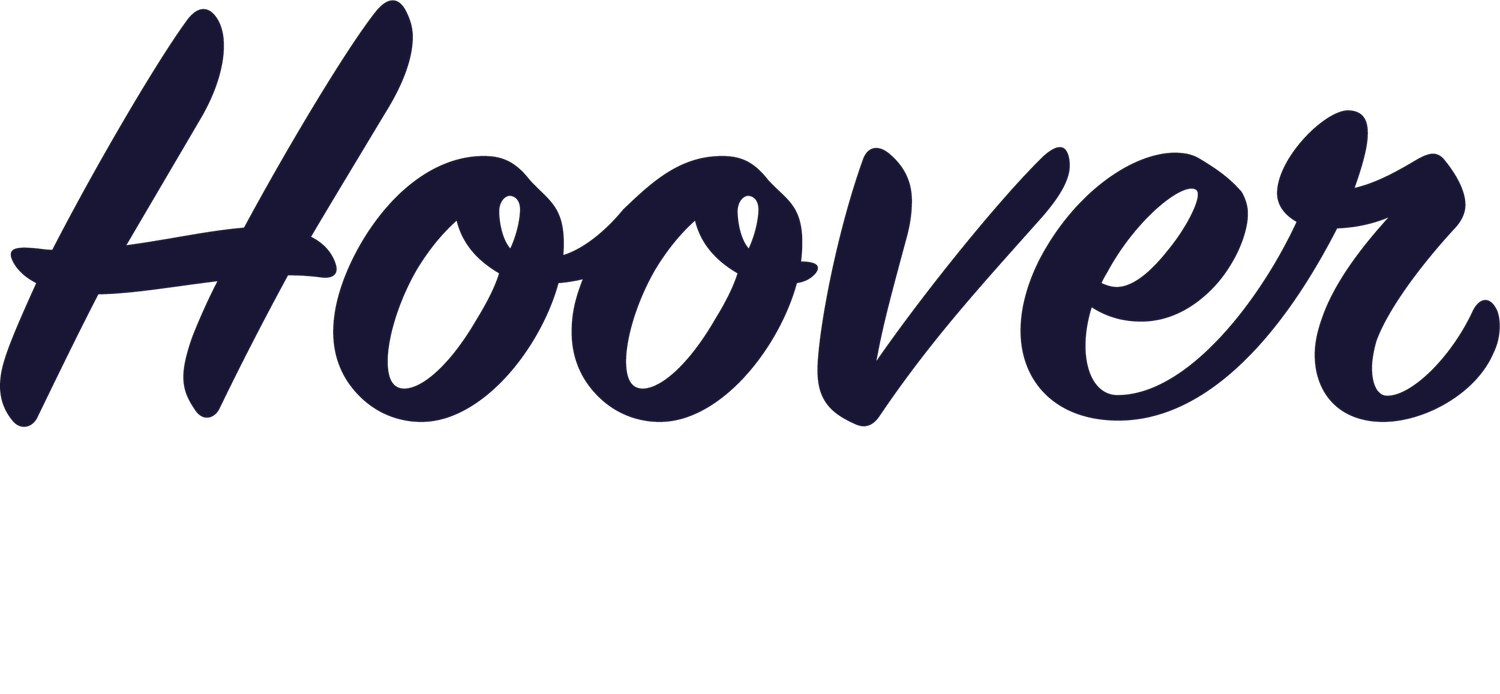Orthographic Mapping: A Powerful Tool for Reading Success
Understanding the science behind how children learn to read fluently
As educators and parents, we all want our children to become confident, fluent readers. But the journey from sounding out each letter to instantly recognizing words can seem mysterious. What exactly happens in a child's brain during this crucial transition? The answer lies in a process called orthographic mapping – and understanding it can transform your approach to helping struggling readers.
What is Orthographic Mapping?
Orthographic mapping is the mental process that allows readers to permanently store words in memory for immediate recognition. When a child successfully maps a word, they connect:
The written letters (orthography)
The pronunciation (phonology)
The meaning (semantics)
Once these connections are firmly established in memory, the child can instantly recognize the word without having to sound it out letter by letter. This automatic recognition is what allows for fluent reading.
Why Orthographic Mapping Matters
Think about your own reading experience. When you see familiar words like "house" or "school," you don't need to decode them – you recognize them instantly. This automatic recognition frees up mental energy to focus on comprehension rather than decoding.
For students with dyslexia or other reading difficulties, the orthographic mapping process often doesn't develop naturally. These students may continue to sound out the same words repeatedly, never achieving the automaticity that makes reading efficient and enjoyable.
The Building Blocks of Successful Mapping
Orthographic mapping doesn't happen by magic. It requires several foundational skills:
Strong phonemic awareness – the ability to identify and manipulate individual sounds in words
Secure letter-sound knowledge – understanding which sounds are represented by which letters
Decoding skills – the ability to blend sounds together to read words
When these foundational skills are in place, each successful attempt at decoding a word creates an opportunity for orthographic mapping to occur.
How to Support Orthographic Mapping in Your Classroom or Home
Focus on Phonemic Awareness
Help children develop advanced phonemic awareness by practicing:
Breaking words into individual sounds
Manipulating sounds by adding, deleting, or substituting them
Identifying the same sounds in different words
Make Letter-Sound Connections Explicit
Ensure children have mastered letter-sound correspondences through:
Systematic phonics instruction
Activities that link letters to their sounds
Practice with both reading and spelling
Use Word-Building Activities
Word-building activities are powerful for developing orthographic mapping:
Have students build words with letter tiles or magnetic letters
Practice changing one letter to make a new word (hop → top → tap)
Sort words by spelling patterns
Provide Opportunities for Successful Reading
Reading connected text reinforces orthographic mapping:
Use decodable texts that match a child's current skill level
Encourage repeated reading of the same text
Discuss word meanings to strengthen semantic connections
Pay Attention to Word Structure
For older students, focus on:
Common spelling patterns
Syllable types and division
Meaningful word parts (prefixes, roots, suffixes)
Success Story: Orthographic Mapping in Action
When 8-year-old Emma came to our reading clinic, she was struggling to progress beyond basic decoding. Despite being able to sound out words, she wasn't developing the automatic recognition needed for fluent reading.
Our assessment revealed that while Emma had basic phonics skills, her phonemic awareness was weak. She struggled to isolate individual sounds in words, making it difficult for her to map the connections between letters and sounds in memory.
We implemented an intervention focused on strengthening her phonemic awareness while continuing to build her decoding skills. We used activities that required her to analyze words deeply – segmenting them into sounds, manipulating those sounds, and connecting them explicitly to letters.
Within three months, Emma's reading had transformed. Words she had previously needed to sound out were now recognized instantly. Her reading became more fluent, and most importantly, she began to enjoy reading because it was no longer such hard work.
Putting It Into Practice
Understanding orthographic mapping changes how we approach reading instruction and intervention. Rather than focusing solely on having children memorize whole words by sight or repeatedly read the same texts without explicit instruction, we can target the specific cognitive processes that lead to successful mapping.
For children with dyslexia or other reading difficulties, this approach is particularly powerful. By strengthening the foundational skills required for mapping and providing structured opportunities to practice these skills, we can help all children develop the automatic word recognition that makes reading both efficient and enjoyable.
Remember, reading fluency doesn't develop through exposure alone. It requires explicit instruction in the underlying skills that enable orthographic mapping to occur. When we understand this process, we can provide more effective support for all readers on their journey to literacy.
If you're interested in learning more about orthographic mapping and how to implement it in your classroom or home, join our upcoming workshop series. Contact us at [email] for more information.
